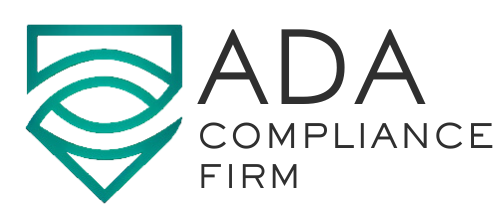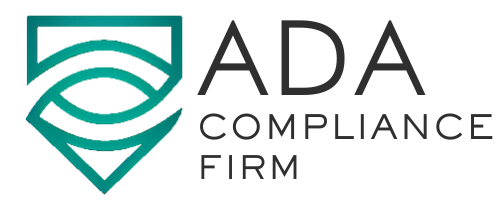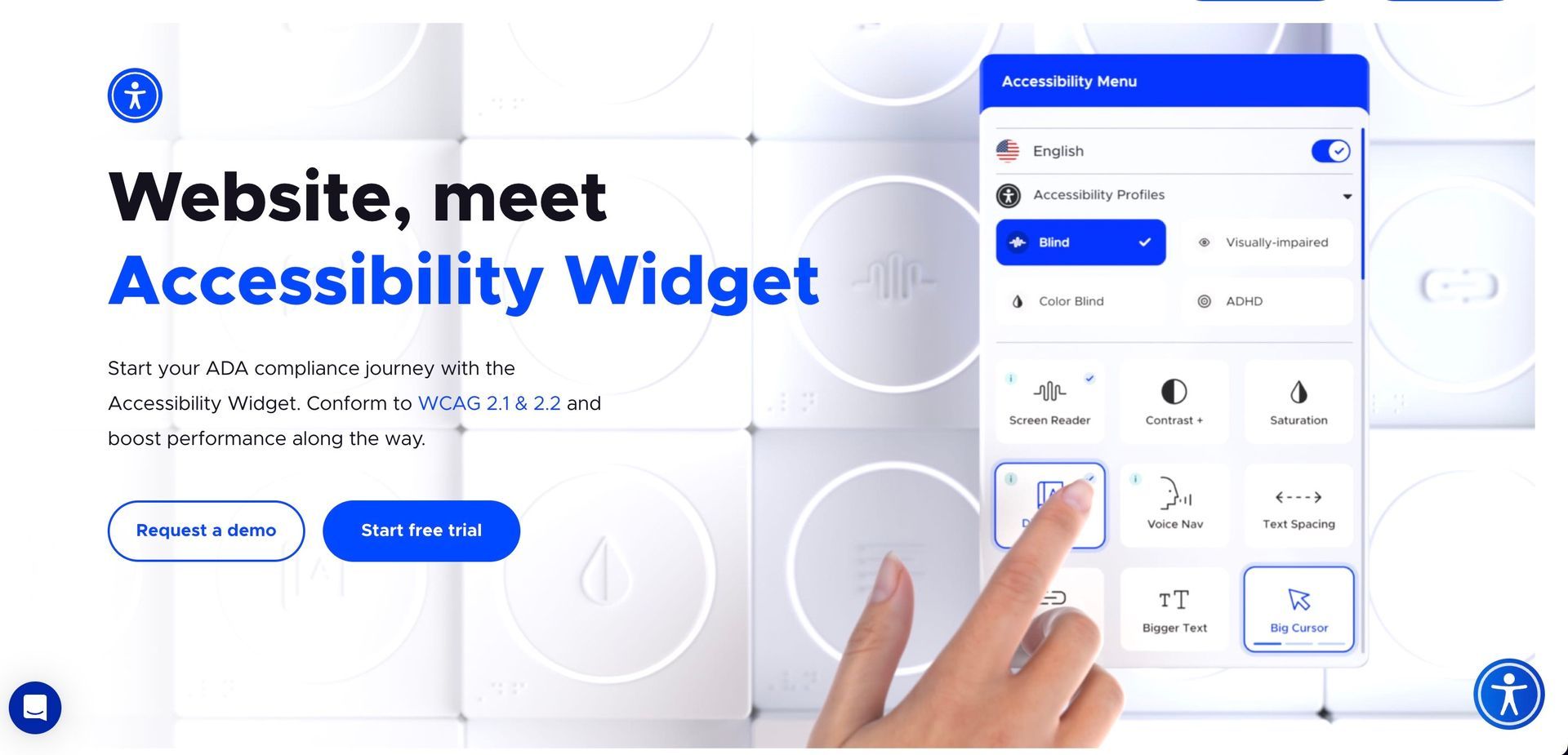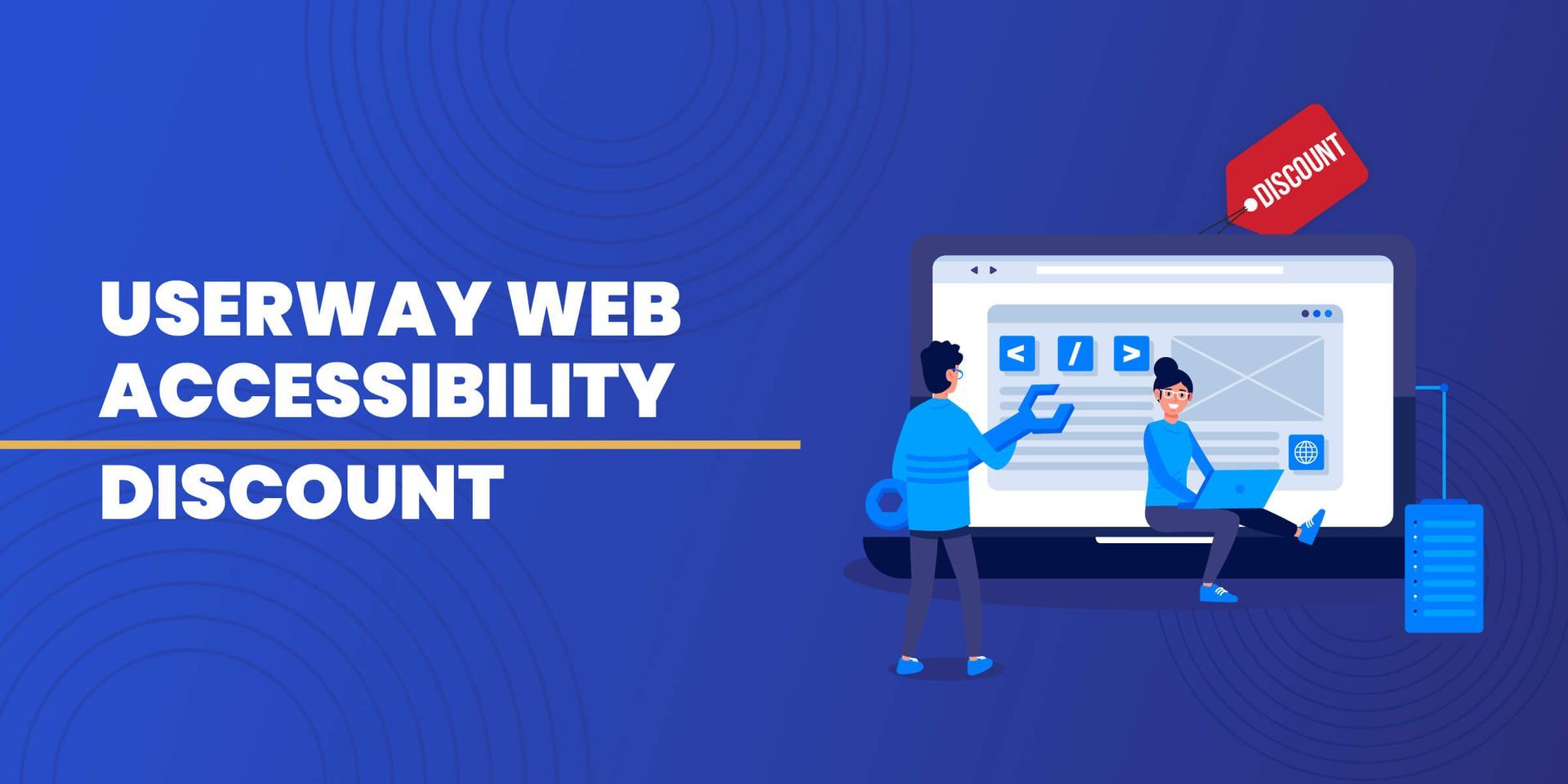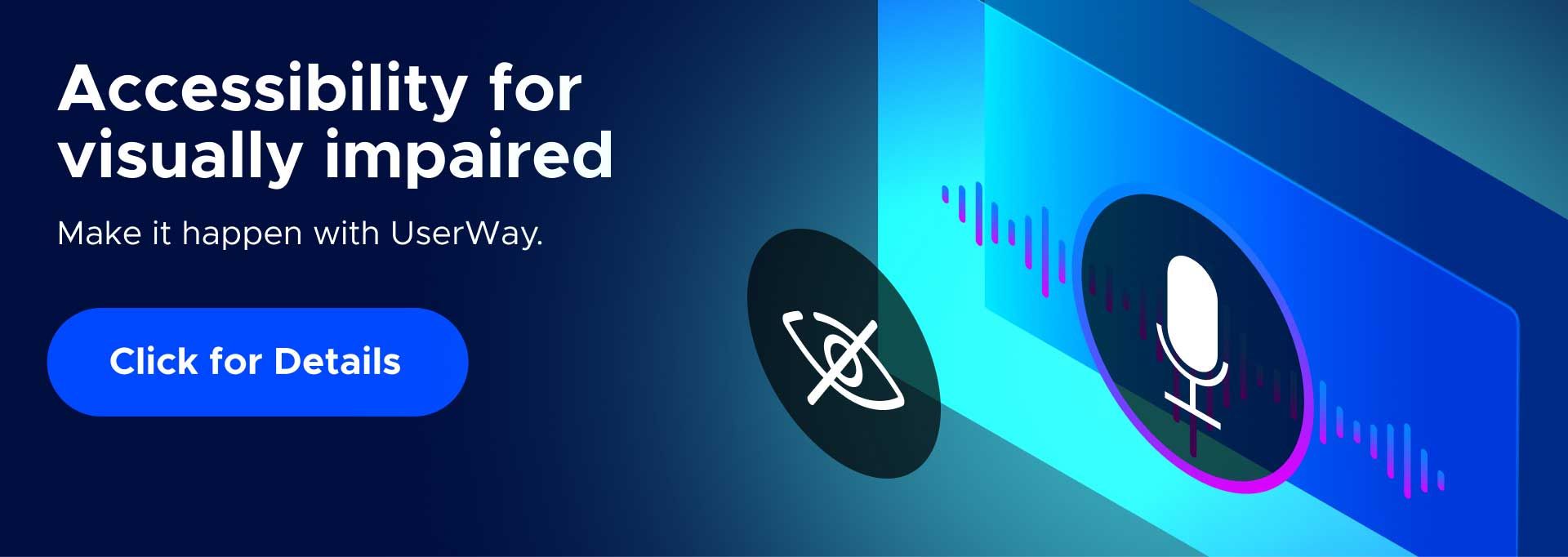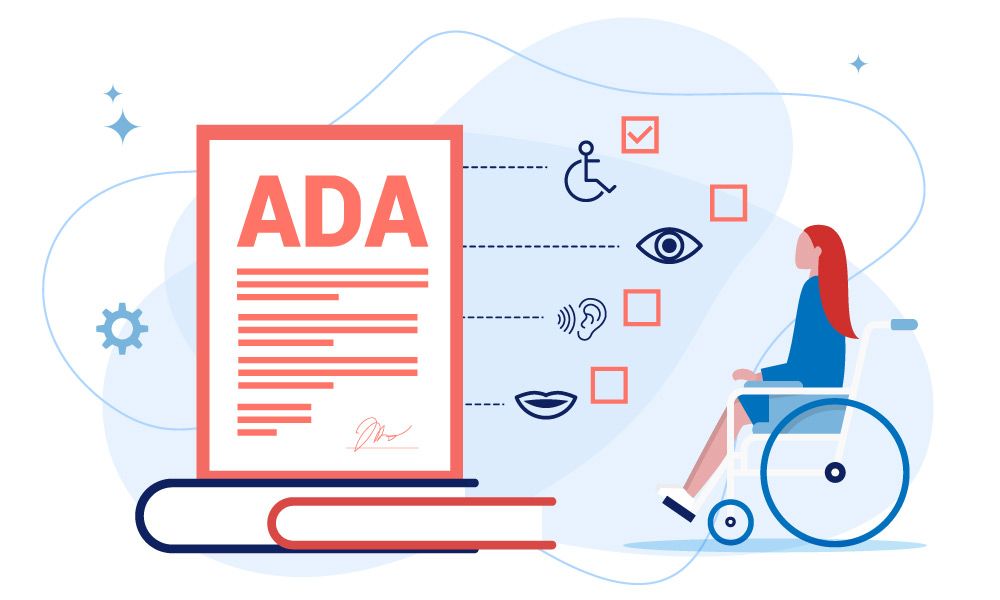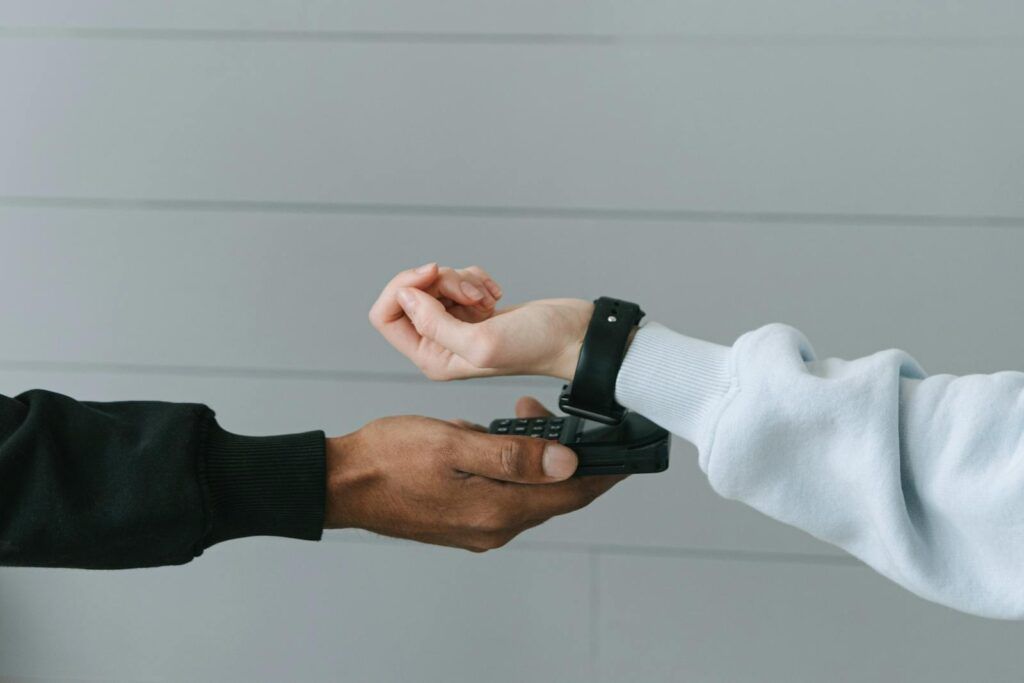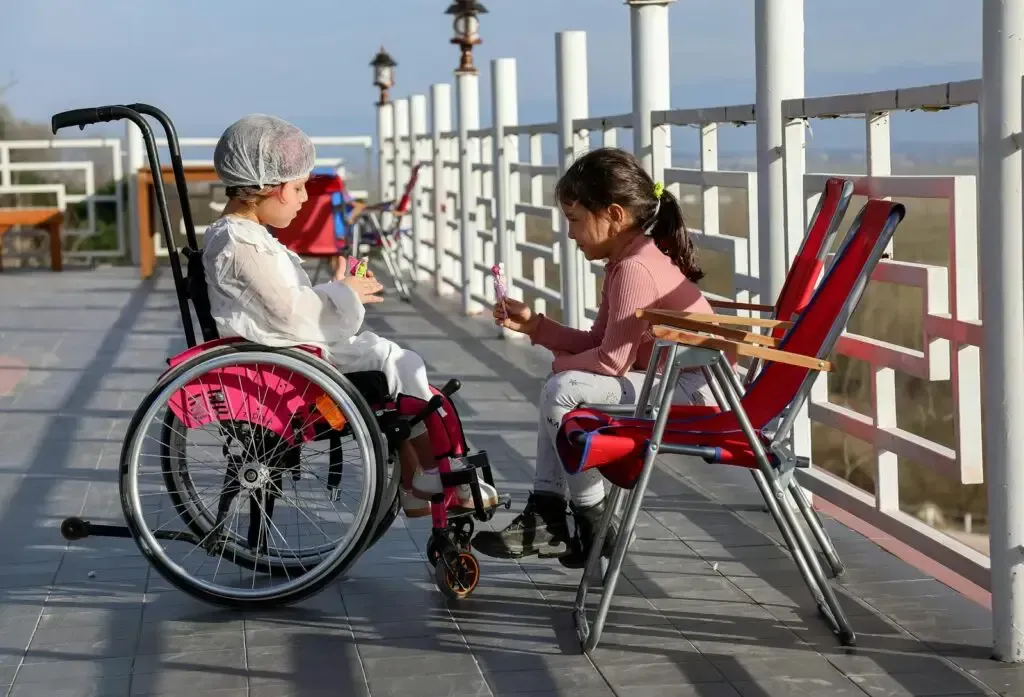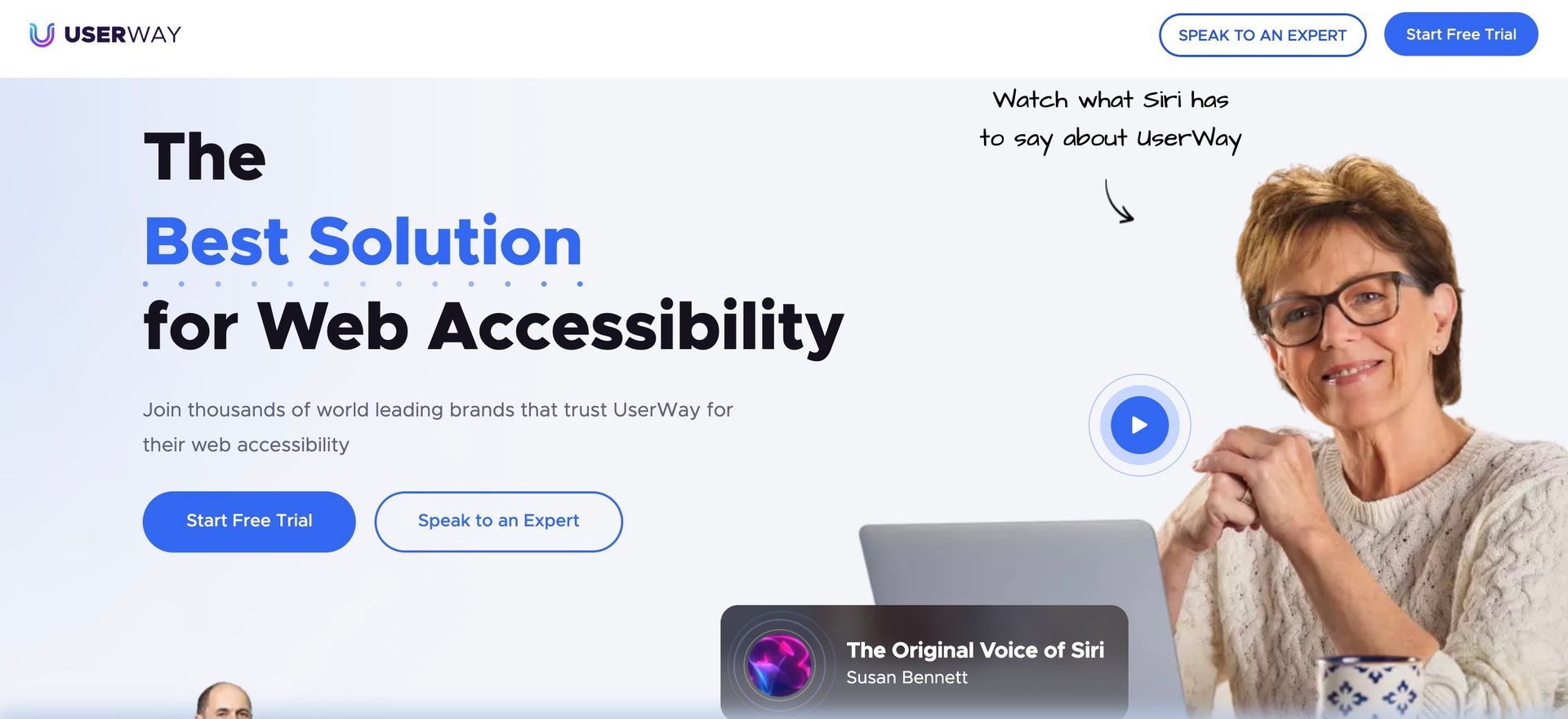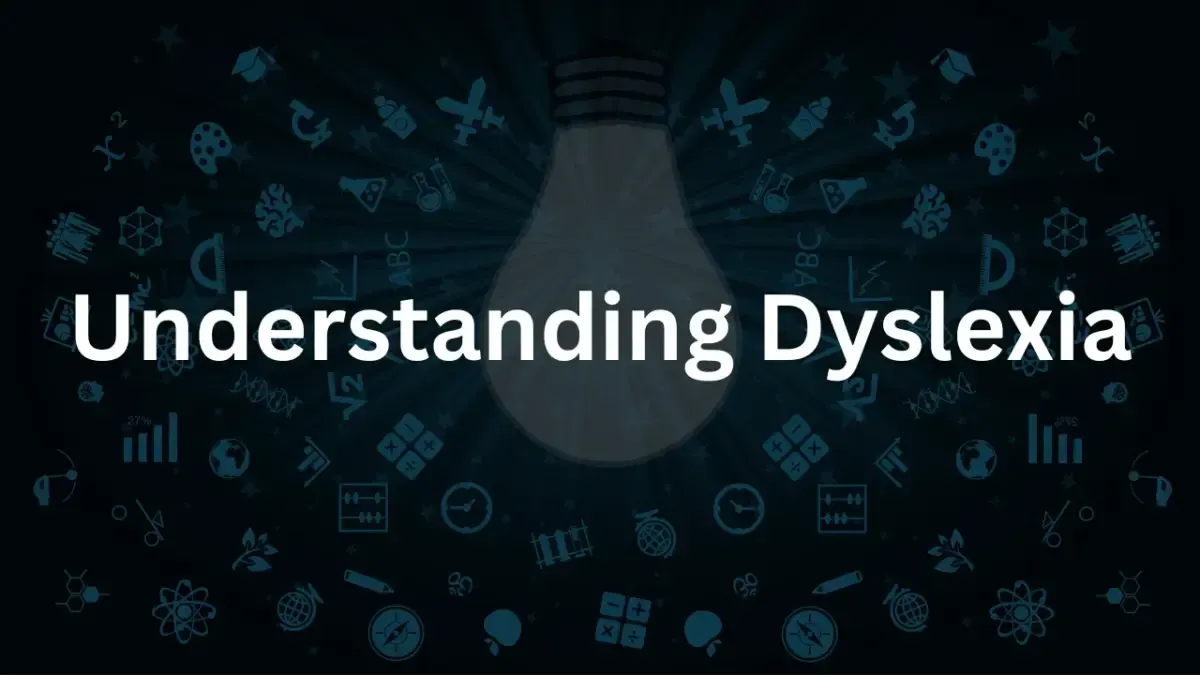The Importance of Accessibility in Public Spaces
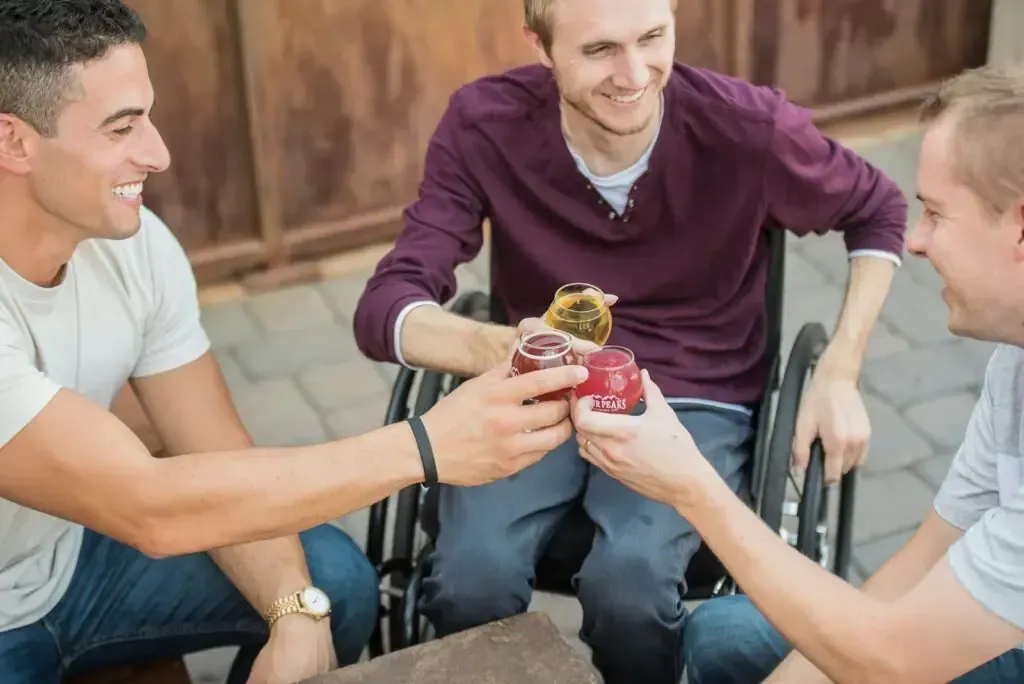
Public spaces are the beating heart of our communities, where people gather, participate in civic life, and share our humanity. Yet, for millions of individuals with disabilities, these venues can be barriers rather than bridges to participation. This comprehensive post will dive deep into accessibility in public spaces—from understanding the legal landscape to practical implementation—and demonstrate how prioritizing inclusivity benefits everyone.
The Foundation: Understanding Accessibility
Accessibility isn’t merely a function of convenience; it’s a cornerstone of equitable social participation. The word ‘accessibility’ here refers to the design of products, devices, services, or environments for people with disabilities. It is necessary to ensure everyone has the same opportunities and quality of experience in public spaces. For instance, consider a city park: its terrain should accommodate individuals who use wheelchairs as comfortably as those taking a stroll. This post explains how you can translate these principles into action that enriches the public sphere.
Navigating the Legal Maze: ADA and Beyond
In many nations, the standard-bearer for accessibility in public areas is the Americans with Disabilities Act (ADA). The ADA serves as a blueprint for rights and obligations concerning access to buildings, transportation, employment, and more. It’s essential to comprehend the ADA and similar laws to ensure compliance and foster a culture of inclusivity. We’ll dissect the critical components of the ADA and explore how these standards can be amplified to create more comprehensive guidelines for universal design.
Building Blocks of Accessible Design
The devil is in the details, and with accessibility, the minutiae can make all the difference. We’ll unearth the critical building blocks of accessible design, such as ramps, elevators, automatic doors, and textured ground surfaces. In creating environments that flow for all, you’ll learn about dimensions, inclines, and materials that meet the fine line between function and form.
So Much More: The Specifics of Accessibility
As we drill down into the specifics, we’ll discuss the provision of accessible restrooms, appropriate signage, and strategic placement of facilities. We’ll tackle the nuances, such as the challenge of creating audio cues in busy urban spaces and ensuring that information is accessible to people with cognitive disabilities. These considerations are where well-intentioned designs can sometimes fall short, and we’ll equip you with the knowledge to excel.
Implementation: From Principles to Practice
The transition from ideal to real—the implementation phase—is where most accessibility magic happens. We’ll outline tried and tested strategies for integrating accessibility into your planning and design processes. Engaging with communities, conducting thorough accessibility audits, and investing in awareness and training are just a few strategies we’ll explore. We believe that proactive inclusion in design is the surest path to a thriving and robust community space.
Legal Compliance and Mitigating Risks
The stakes are high regarding accessible public spaces, and we will not shy away from addressing the genuine legal and liability risks that entities face when they neglect access considerations. From financial penalties to reputational damage that can take years to mend, we emphasize that compliance costs are a small price compared to the benefits accessibility brings.
Case Studies in Accessible Triumph
No primer on public space accessibility would be complete without a look at real-world examples of success. From the High Line in New York City, which has seamlessly blended rugged design with wheelchair accessibility, to the London Underground, which has integrated tactile guidance systems, these case studies share valuable lessons and demonstrate the far-reaching impact of inclusive spaces.
Where to Turn: Resources and Networks
We’re firm believers in learning from a broad base of wisdom. In this section, we’ll provide an array of resources and networks where you can expand your knowledge on accessibility. Be it a government website offering in-depth guidance, a non-profit organization fostering dialogue, or an industry group setting the bar for standards, we will list a compendium of must-visit sources to catalyze your journey toward creating more inclusive environments.
Conclusion
As we conclude, we’ll reaffirm our collective responsibility in advocating for accessible public spaces. We urge you to become a voice for change within your community, workplace, or circle of influence. In doing so, you’ll not only enhance the lives of those with disabilities but also contribute to your locale’s vibrancy and economic well-being.
For Future Festivals, For Everyday Life: Success Lies in Inclusion
The push for accessible public spaces isn’t just a matter of correctness; it’s one of pursuit. We’re all makers, maintainers, and mistresses of the public arenas we cherish, and in this work, we craft a society that genuinely serves all its members. Accessible design is a moving target that will continue to evolve and challenge us to rise to the occasion. Still, each stride brings us closer to a world where everyone can roam freely and participate fully. Let’s embark on this journey together.
Join our newsletter
Recent Blog Posts
